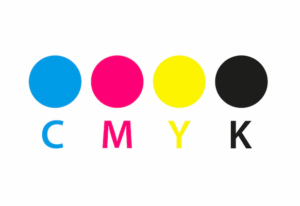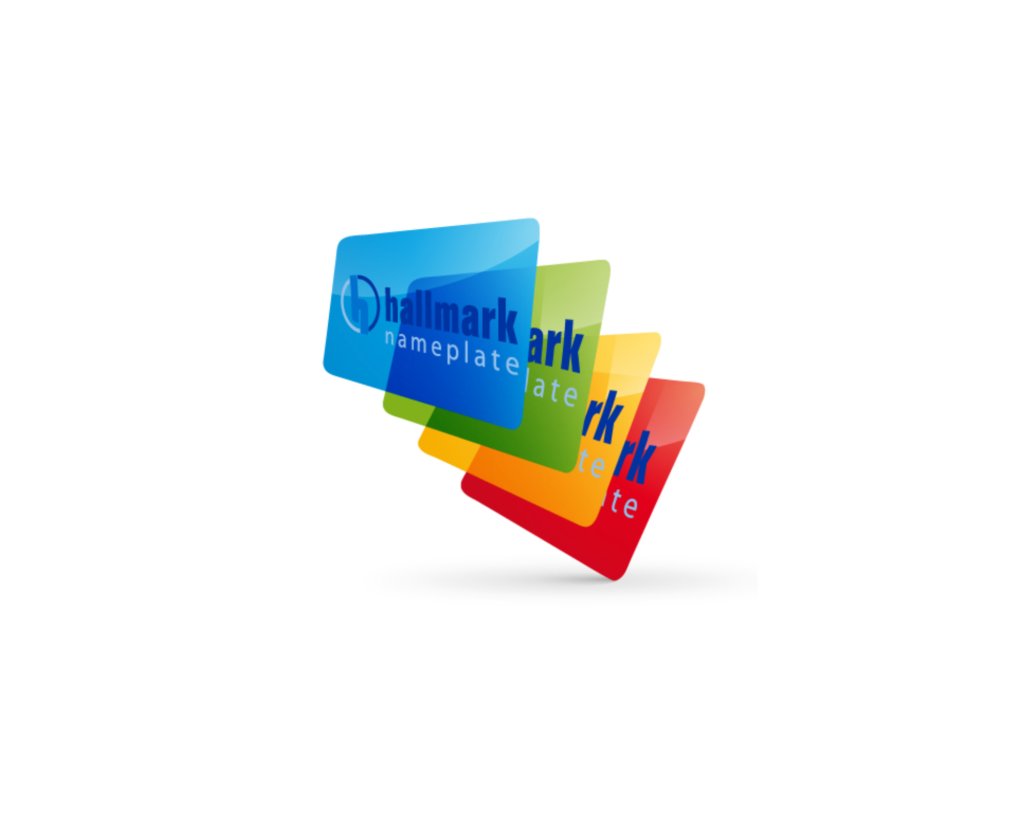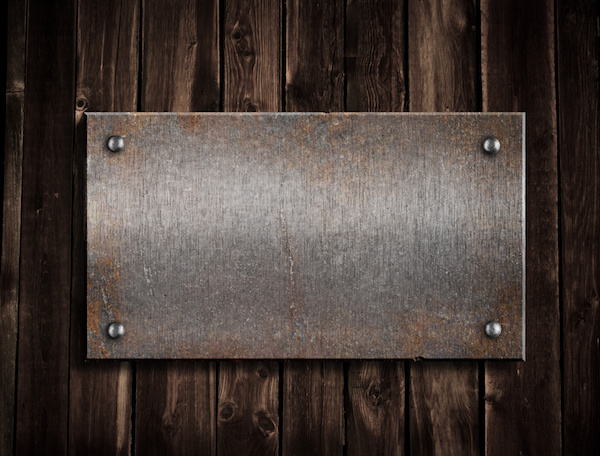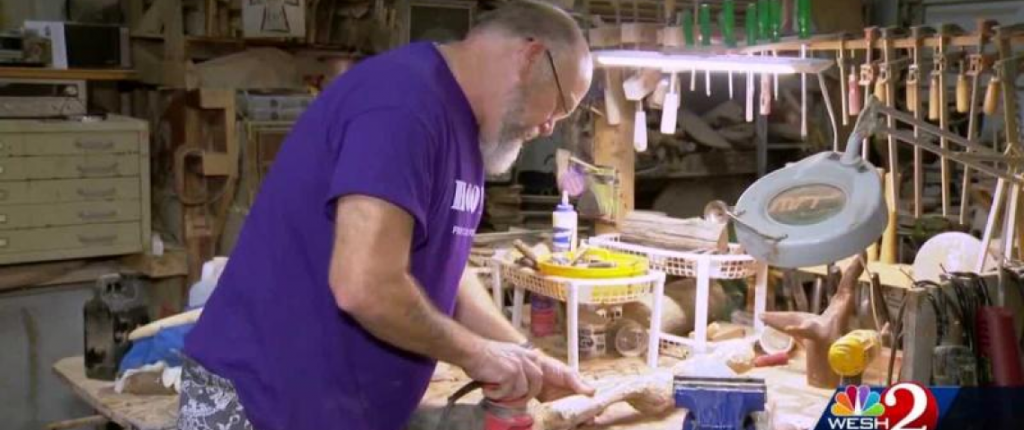When it comes to manufacturing overlay graphics, there are more factors to consider than you might think. They may get overlooked from time to time, but they have a significant purpose for serving customers that should not be taken for granted.
You most likely encounter these graphic overlays on a regular basis, but have you ever stopped to consider what goes into their creation? Probably not, so we are here to tell you everything you need to know about the manufacturing of overlay graphics.
First, we should discuss the purpose of graphic overlays and how they are used. Let’s dive right in.
What Are Overlay Graphics Used For?
In a world of advanced technology, we developed a need for a way to connect a machine to its user. The complexity of our technology must be simplified in a way that people can understand and actually put it to use, and that is where graphic overlays come into play.
With overlay graphics, the functionality of a machine is effectively outlined to make it easily accessible and navigable by its users. Picture a TV remote with no numbers or dials on it. It would be pretty useless to the average user, right?
That’s why graphic overlays, also known as nameplates, are important for establishing the functionality of a machine. Without them, it would be almost impossible to decipher the purpose of electronics such as keypads, display boards, switches, speakers, and much more.
Usually, overlay graphics are composed of thin layers of plastic or polymer material that are placed over an electronic device. These display the printed material, text, or other graphics that indicate how to use the device or machine.
Custom Graphic Overlay Design Considerations
When companies need specific overlay graphics for their products, there are a few elements they need to consider to achieve the optimal design for the product’s application. So, let’s explore some of the main design elements for choosing the perfect graphic overlay.
Size Specifications
Before delving into the numerous design possibilities, you need to calculate the size, shape, and placement of your overlay graphics. Doing this early on is beneficial because it influences key aspects of the decision-making process.
Also, another element to consider is the thickness of the overlay material because this will affect how the user interacts with the product.
Environmental Durability
It is important to determine the practical use of the product before picking your design. As a part of the manufacturing process, you need to consider the environment that the device will be used in.
Since graphic overlays are used in countless settings, the environmental condition plays a key role in choosing the material and design components. With countless applications in indoor, outdoor, and sterile environments, the durability of the graphic overlay depends on these conditions.
Features and Functionality
Customized graphic overlays can include features that enhance company branding and improve the users’ experience. For example, add-ons like tactile switches, dead-front panels, and LED illumination are all options that augment the user interaction with the device.
The 8 Key Elements of Manufacturing Overlay Graphics
So, now that we’ve established some of the uses and factors to consider with overlay graphics, let’s discuss the important elements of graphic overlay printing.
1. Material
As we mentioned earlier, overlay graphics are usually made of thin layers of plastic or polymer material. The environmental conditions, such as temperature and exposure to elements, in which the device is used will help determine the material of the overlay.
For example, polycarbonate material can be used for:
- Indoor & outdoor use
- Optical clarity
- Depth effect
- Design flexibilities
- Impact-resistance
- Extreme temperatures
- Scratch, corrosion, chemical abrasion, and water resistance
On the other hand, polyester is used for:
- Harsh indoor/outdoor environments
- UV resistance
- Electrical resistance
- Extreme temperatures, water, abrasion, and chemicals
- Resistant to tears
- Commercial and industrial applications
Your manufacturing partner can help you determine the best material for your application.
2. Custom Fabrication
All of the following considerations will touch on different customizations that occur in the manufacturing stage of graphic overlays. Custom fabrications, especially font style and size, are key components that affect the user interface.
Since the purpose of a graphic overlay is to facilitate effective interactions with the device, using legible fonts and easily comprehensible language is of the utmost importance.
3. Color Management

The colors used in your overlay graphics should be consistent with your company’s branding and support the user experience. Consider using contrasting colors to make the important elements of the overlay stand out. There are two main types of color printing for graphic overlays: process color printing and Pantone color matching.
Process color is more cost-effective and involves a printing process similar to ink cartridges for printers that creates layers of four base colors: cyan, magenta, yellow, and black. Pantone color matching systems (PMS) use exact matching, which is a great option for companies who need precise colors on their overlay graphics.
4. Embossing
Embossing is a design functionality of graphic overlays that uses raised elements to make prominent features more noticeable. There are a few different types of embossing, such as pad, perimeter, and dome embossing, that provide tactile features.
It is a great way to highlight key details of your overlay graphics that people would have otherwise not paid much attention to.
5. Windows and Cutouts
Including a window or cutout on your overlay can increase user efficiency and allow visual access to important information on the machine. Windows and cutouts can help indicate a click, on or off button, or device status such as a low battery.
These can come in colored tints and different finishes, like glossy, semi-gloss, anti-glare, dead-front, translucent, or frosted.
6. Lighting
Both internal and external lighting will have an impact on your overlay graphics. External lighting coincides with the environmental conditions that the device will be placed in. These include exposure to UV light, intense lighting, or dim lighting which would all affect the display of the overlay graphics.
Internal lighting refers to the light that comes from inside the device. Backlighting can help improve legibility for buttons and add functionality like the window indicators we mentioned in the section above.
7. Finishes
The finish of your graphic overlay will set the stage for the user’s first impression of the device or machine. Surface finishes like protective coatings, metallic finishes, anti-glare, textured, and antimicrobial coatings can be applied for practical and aesthetic purposes.
Finishes also contribute to the durability and appearance of the overlay, so be sure to determine one that suits the purpose of your product.
8. Adhesive
In order to ensure your graphic overlay is durable for years to come, you need an adhesive that guarantees lasting and effective use. Some elements of the adhesive to consider are surface energy, bonding material (plastic or metal), and surface conditions (smooth, textured, etc.).
As the final layer of your graphic overlay, it is crucial to incorporate spaces for windows, embossed buttons, and cutouts in your adhesive. To allow an easier application of the adhesive, use back-splitting to peel back one side of the liner.
Your overlay graphic manufacturer should provide guidance on which adhesive will be best for your product.
Choose an Experienced Manufacturer For Printing Graphic Overlays
Now that we have covered the most important aspects of your overlay graphics, you can see that there are a lot of considerations that go into your final product. Although the choices can be overwhelming, having an experienced graphic overlay printing professional on your side is helpful.
At Hallmark Nameplate, we specialize in nameplates and graphic overlay printing for numerous industries, such as aerospace, food service, medical fields, automotive industries, telecommunications, and more.
We use advanced systems and technologies to develop custom applications, so your equipment turns out exactly how you want it to be. Fill out a comprehensive, FREE quote to find a solution that will meet your specific needs, and we will be happy to work with you.




